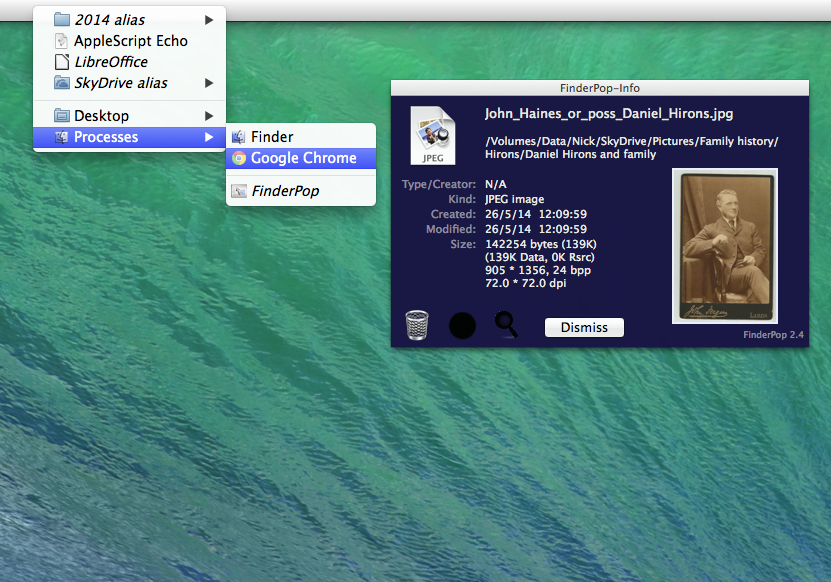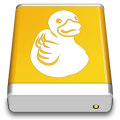Despite the constant stream of improvements and tweaks in each new flavour of OS X, there’s always something that Finder doesn’t do that you wish it did. Or there’s something it does do, but not in the way you’d like it to.
Enter, stage left, FinderPop. It’s one of the few tools that works across a wide range of Macs, from those still running OS X 10.4 (Tiger) on a PowerPC to the latest version of Mavericks. It basically extends the context menu, creating a space where you can place shortcuts to apps, folders, files and more.
Installation is relatively straightforward: download the zip file, extract its contents, open the FPxxx folder, make sure System Preferences is closed and double-click FinderPop.prefpane to install it, choosing All Users if you’re running OS X 10.7 or later.
Once installed, the FinderPop preferences pane will open at the Options tab where you can configure the basic rules for invoking FinderPop, plus add convenient shortcuts that allow you to browse your entire system from the FinderPop menu.
Switch to the Items tab, click the button and a folder will open. This is where you drag any shortcuts – apps, files or folders – for easy access direct from FinderPop’s extended context menu. Use the Appearance tab to fine-tune how it looks, the Active tab to control which apps it works with (plus exclude any apps that you want left alone).
Once configured – you may need to log out and back in again – FinderPop should now be accessible. Right-click any item and its own items appear at the top of the menu. It also makes itself accessible from the menu bar – just click on an empty part to reveal it. Look for the Processes item, which lets you see what programs are currently running.
When you browse the FinderPop menu, you’ll find various combos and key shortcuts trigger other useful actions too: [Cmd]-[Option] displays a Get Info help tag for the selected item, for example, while [g] lets you pick up the item and drag it into a Finder window for copying the selecting item quickly. Press [Tab] and a FinderPop Info window appears, packed with useful information and a rather dangerous trash icon should you wish to delete the parent folder or item.
FinderPop takes a little time getting used to, but persevere and you’ll find it makes Finder a whole lot easier to use.
Version 2.5.5 now correctly recognises certain document types that are effectively folders (such as TextEdit documents) as bundles. Users can peek inside these using the [Shift] key if “Options > Press Shift to get submenus on Bundles/Packages” is enabled).
Verdict:
A little confusing to start with, once you’ve got past the initial barrier, you’ll wonder how you ever lived without FinderPop.









Your Comments & Opinion
More powerful replacement for Windows' built in program removal tool
Boost your privacy in Windows 10
A free bootable CD to help you fix your malfunctioning computer
Instantly reveal Office, Windows and other product keys
Manage and quickly switch between multiple desktops on your PC with this powerful tool
Find and protect credit card numbers and passwords stored on your computer
Put your monitor to better use with multiple virtual desktops
An advanced launcher tool for Windows power users
Manage your files and folders with this dual pane tabbed Explorer replacement
Make the most of your multi-monitor setup using this handy utility
An extended version of the Windows Run box
Quickly compare files and folders stored in different locations.